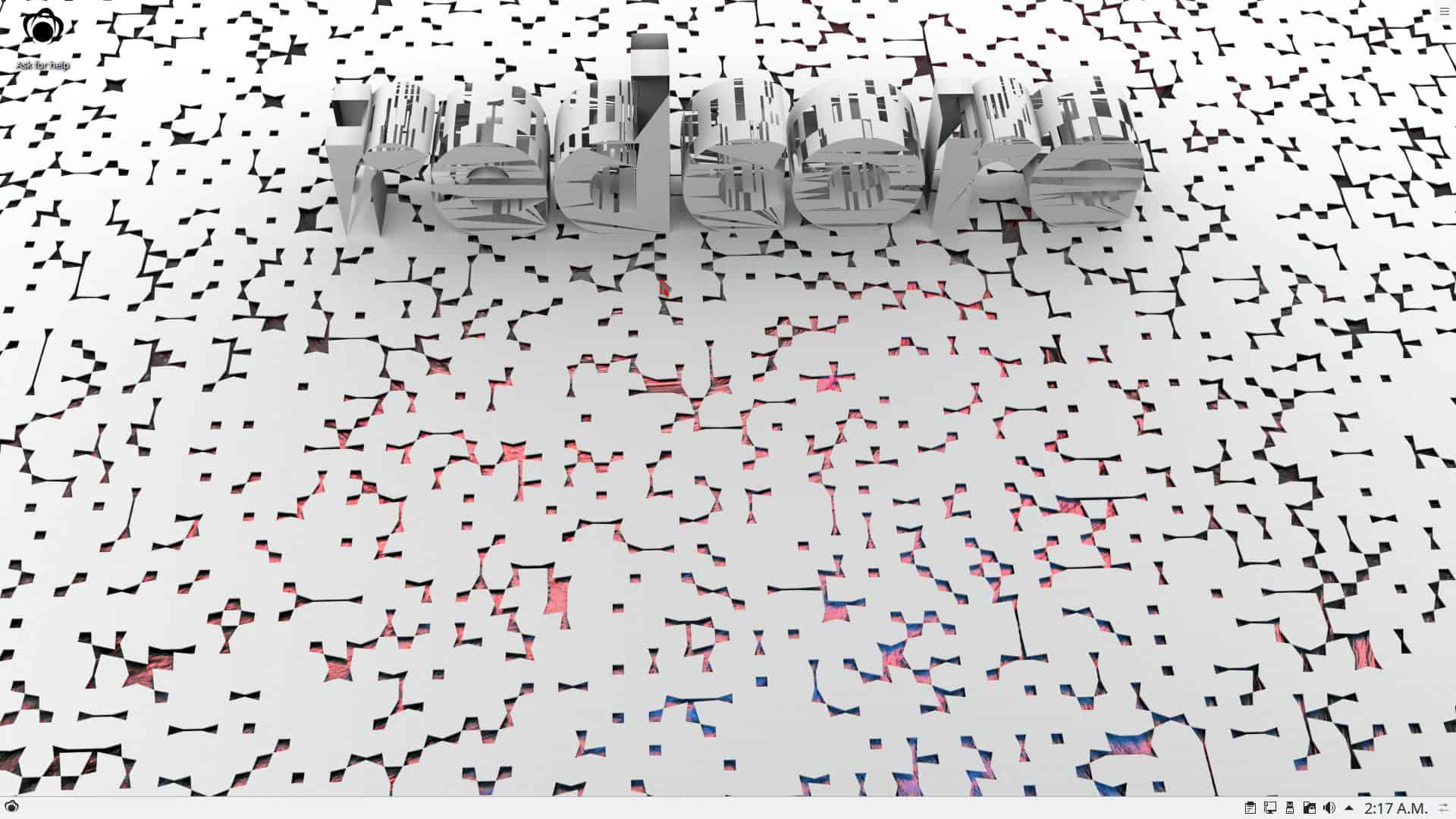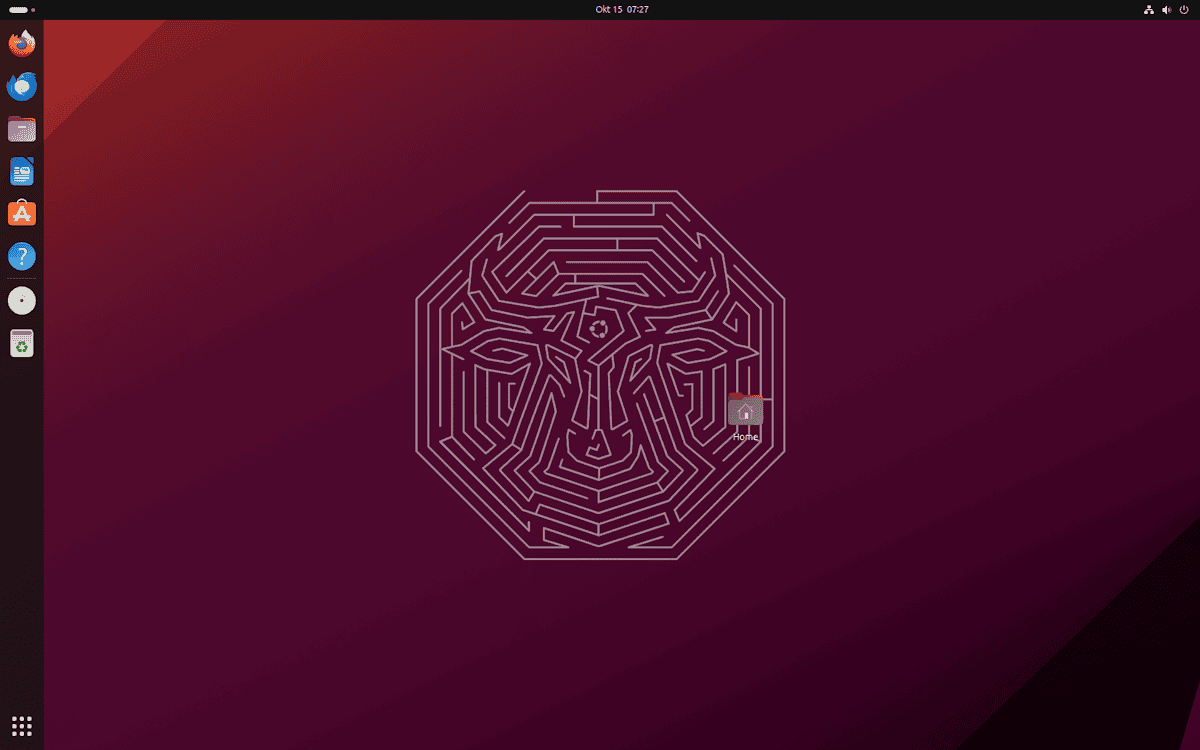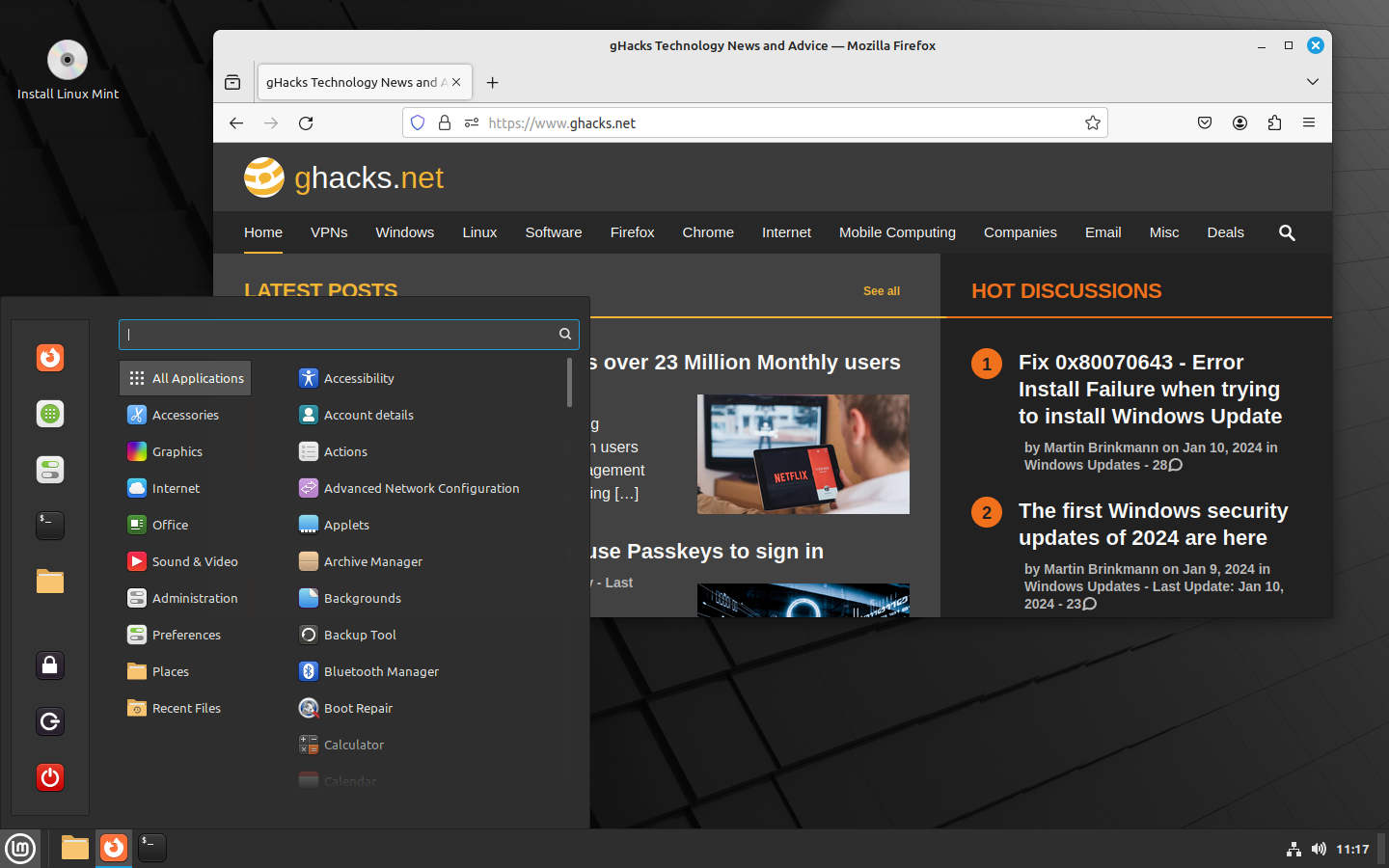A Look at Redcore Linux: Gentoo based Linux Distribution

Many people in the technology world have heard, at least in passing, of the Linux distribution Gentoo. Gentoo is one of the most famous distributions to the point of becoming a joke; with it’s complexity and depth, installing Gentoo has been a daunting task for many.
Redcore is one of the latest distributions to attempt to bring the power of Gentoo to the everyday user.
I previously wrote an article in 2017 about Sabayon Linux, another popular Gentoo based system; but Redcore Linux holds its own and pulls its own weight.
Test machine specs:
- Ryzen 5 2600X
- 16GB DDR4 3000Mhz
- NVIDIA GTX 1070
- MSI X470 GAMING PLUS Motherboard
Installation of Redcore Linux
Installation of Redcore Linux was very straightforward and used the Calamares installation software tool for its system installation; the same tool used in Manjaro and other systems. I will say that while installation was very simple and easy to get going, it did take longer than most other distributions; about 25 minutes. Once installation was complete however, a reboot brought me to my system without hassle. I opted for the KDE flavour, but Redcore also features a lightweight LXQT flavour as well.
However, GRUB2 did not automatically contain my Windows 10, and I had to manually add it using the following terminal commands:
- su
- grub2-probe --target=hints_string /run/media/myusername/locationofwindows/ (This may vary based on your setup)
- grub2-mkconfig -o /boot/grub/grub.cfg
Once completed, everything was as should be.
Using Redcore Linux
Redcore Linux is based off Gentoo’s testing branch so you can expect near bleeding-edge updates to your system. However, Redcore Linux does test packages received in their weekly resync with Gentoo upstream for stability before adding them to the Redcore Linux repositories. This does help add a layer of extra stability to the system that you may not usually have in a testing branch.
The GUI tool for package installation and updates in Redcore Linux is called Sisyphus GUI, and while having a very no-frills and generic looking appearance, the software does exactly what it’s designed to do without a lot of confusion or mucking around.
Redcore Linux doesn’t come with a lot of bloat, but does come with all the necessities such as:
Ultimately Redcore Linux has a little bit of everything and is what I’d call a well-rounded distribution.
Resource Usage
Redcore Linux with LibreOffice, Cantata playing .FLAC lossless music from my library, Firefox with five tabs open, and a Terminal, used roughly:
- 3% CPU utilization
- 2GB of RAM
It was super light while running KDE, and though this computer isn’t weak on specs; the system ran beautifully without any wait time for application loading, on a 7200 RPM drive.
Final Thoughts
Redcore Linux is a great alternative for people who want to explore Gentoo without spending hours (or days) pouring over the Handbook and attempting to install the system themselves. Redcore Linux makes it easy to get a working Gentoo-based system up-and-running in a short time, and handles everyday tasks and gaming alike, with grace and power. I recommend!
Now you: Have you ever used Gentoo, or a Gentoo-based system? Tell us about your experiences!


















Gentoo is very user friendly, just picky about its friends. Been on it since around 2004
I’ve installed Gentoo once. Went well and ran very well. However I went back to Slackware after a while and stayed with it. Old habits die hard… I agree that Gentoo is for experienced Linux users and so is Slackware. Barebones distros are what they are. Solid, fast and reliable. But they lack the polish that some users prefer. It’s all a matter of personal preference.
I’ve installed Gentoo on a number of systems and prefer it to all other distros. Granted it’s not for the faint of heart I find it is easier to keep up to date then all the others.
emerge -e world | lolcat
;-)
hey here anyone tried EndeavourOS? Is this Linux distribution stable for everyday use?
Does this offer the customization options of USE flags like its parent Gentoo, or is this just some generic binary distro that happens to be based it?
I’m gonna be honest, I don’t really see the point in installing a Gentoo-based system if you’re not going to use the latest and greatest software. Granted I’m an Arch Linux user, so maybe that disqualifies me from commenting. But oh well.
After my first few experiences installing Arch from scratch, I’ve taken to using Arch-based images (like ArchBang or Anarchy) to speed up my installation. But I *will not* use a distro like Manjaro or Chakra that bundles its own repositories. Because nebulous claims about “increased stability” aside, I’d be trusting a much smaller team of developers for quality control, and paying for it by having to wait an additional [X] days before receiving the latest updates. To my eyes, there is literally no advantage.
@foolishgrunt: to my mind the advantage of the likes of Redcore, Manjaro, and others is a more user-friendly interface. Not everyone is a Linux expert, which is what is required for Arch, Gentoo, and a number of others. That’s why I am also surprised Yuliya above recommends installing Gentoo without even having uinstalled it.
And I get that, but I wouldn’t recommend an Arch-based distro to *any* Linux newbie, no matter how much spit and polish and “user-friendliness” is added on top. Certainly not a Gentoo-based distro – Ubuntu is a much friendlier distro, and (in my opinion) perfectly suitable for anyone looking to get their feet wet with Linux. Arch and Gentoo are better left until you’re ready to get your hands dirty, speaking from my own experience.
A Linux distribution that does not add the local Windows installation to grub during installation, has a serious problem.
PS: I prefer LXQT over KDE. The KDE people have degraded KDE to junk since v3. For example you can not resize the start menu to make it larger so that you do not need to scroll to find the item you are looking for.
I am so disappointed in so many projects and companies that had a good start (Ubuntu, KDE, Google, Mozilla, etc).
Good news is other projects are getting better like LIbreOffice and XFCE.
Great post. Hope to see review of Solus next.
@jake: I ran it from a live flash drive, and did like it. What disappointed me was that support from the forum was rudimentary: either you don’t get an answer, or, if you do, it is 1 answer with no follow-up on subsequent questions in a thread. I find that off-putting and makes me wonder if it is worth it.
@ Klaas Vaak: I’ve never visited the Solus forum, but by any chance is it frequented by fellow users of the distro? You know, people who owe you nothing in terms of answers or support?
yea its a trend.. instead of having helpful communities forums are starting to be places where douches gather so they can yell and make sure everyone knows that they ‘owe you nothing in terms of answers or support’. That of course is because they primarily don’t know enough to help in the first place, they only know how to restate the question in the form of an insult.
Personally I can understand users being jaded into hostility. Many is the time I’ve seen a (presumably) entitled kid drop into the forums to ask a basic question that could have easily been answered from the existing documentation, because they seem to be operating under the assumption that the other users are *there specifically* to relieve them of the responsibility to educate themselves.
Douchy attitudes are not the appropriate response, but neither are complaints that other people are not catering to your whims.
Install Gentoo
@Yuliya: have you?
No.
@Yuliya: so why do you recommend installing Gentoo? It requires a lot of expertise: why do you tell people to install it just like that?
It’s a meme.
Because everyone should install Gentoo!